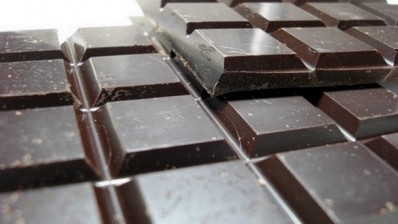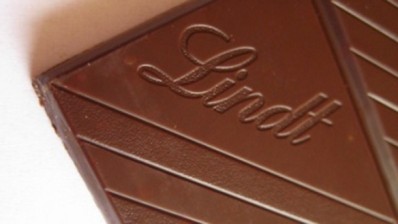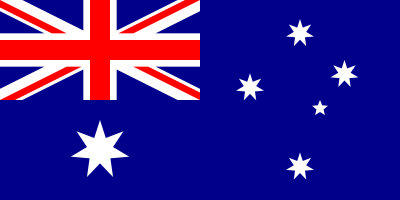Social climbers: Aussies plump for premium chocolate
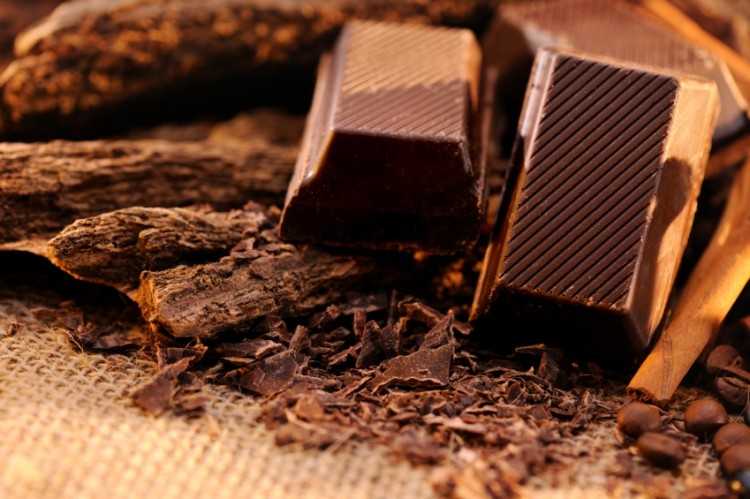
In its latest Confectionery Industry Update the research firm said that growth in the Australian chocolate market was being spurred by healthier and fairtrade products.
The beneficiaries: Lindt and Ferrero
“If the trend towards premium chocolate is sustained, it will benefit producers such as Lindt and Ferrero, but also smaller artisanal companies such as Haigh Chocolates,” primary market analyst at Leatherhead Jonathan Thomas told ConfectioneryNews
Chocolate is the largest sector in the Australian confectionery market and has grown 18% in value since 2008 to AUD 2.85bn ($2.55bn) last year.
Leatherhead believes that while higher retail prices have partly been responsible, the premium chocolate sector has also propelled the market.
Key figures: Australian chocolate market 2012
Overall confectionery market value: US $3.9bn
Chocolate confectionery value sales: US $2.55bn
Chocolate value growth since 2008: 18%
Chocolate confectionery volume sales: 142,000 MT
Chocolate volume growth since 2008: 10%
Market leaders (rank order): Mondelez International, Mars, Nestlé, Lindt, Ferrero
Lindt only accounts for 7% of the Australian chocolate market, but is considered the catalyst behind recent premium chocolate growth after launching its playful Hello brand earlier this year.
Another player in the premium chocolate sector is local firm Stuart Alexander which has a deal with South Korean firm Lotte to import Belgian chocolate brand Guylian.
Major players in premium
Asked if the big players were likely to join the party, Thomas said: “I think it is likely that suppliers such as Mondelez and Nestlé may also address this trend to an extent, but the chocolate market has also been characterised by promotion and discounting, so I feel they may continue to focus upon their ‘everyday’ brands which account for the bulk of sales with Australian consumers.”
Cadbury owner Mondelez International dominates the Australian chocolate market with a 55% share. Mars is the next largest player with an 18% market stake, followed by Nestlé on 14%.
High chocolate consumption for the region
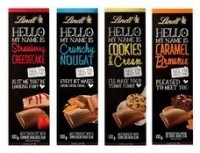
At 6.3 kg per capita, Australia has one of the highest chocolate consumption rates in Asia-Pacific, yet the level is still lower than some western European nations such as Switzerland (11.9 kg) and the UK (9.4kg).
Chocolate blocks make up 32% of value sales followed by countlines (22%) and seasonal novelties (16%).
Fairtrade chocolate sales comprise just 3% of the market, but the sector is now worth AUD 85m ($76m).
Healthier products
Leatherhead said low fat or low sugar options were also mounting in interest among Australian consumers.
“I think it is likely that manufacturers may address this trend in all sorts of ways. For the foreseeable future, I expect them to look at aspects such as portion sizes (in the same way they have been doing in markets such as the UK and US), as well as lowering fat/sugar levels where possible,” said Thomas.
“However, the fact that most consumers are unwilling to compromise on taste means a limit exists as far as reformulation of the chocolate products themselves is concerned.”
